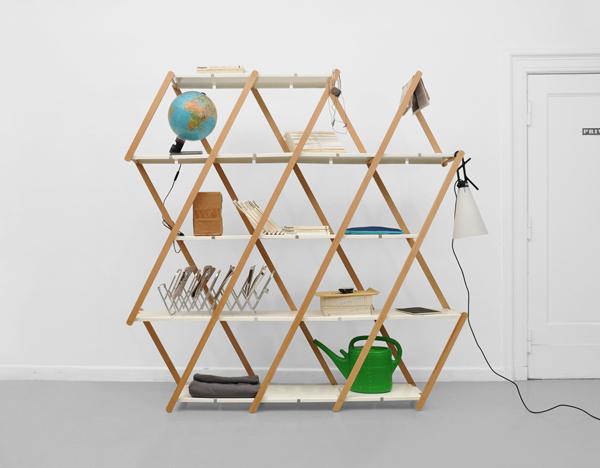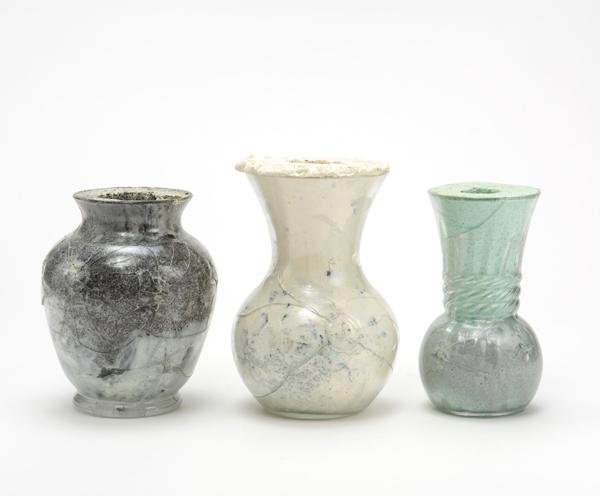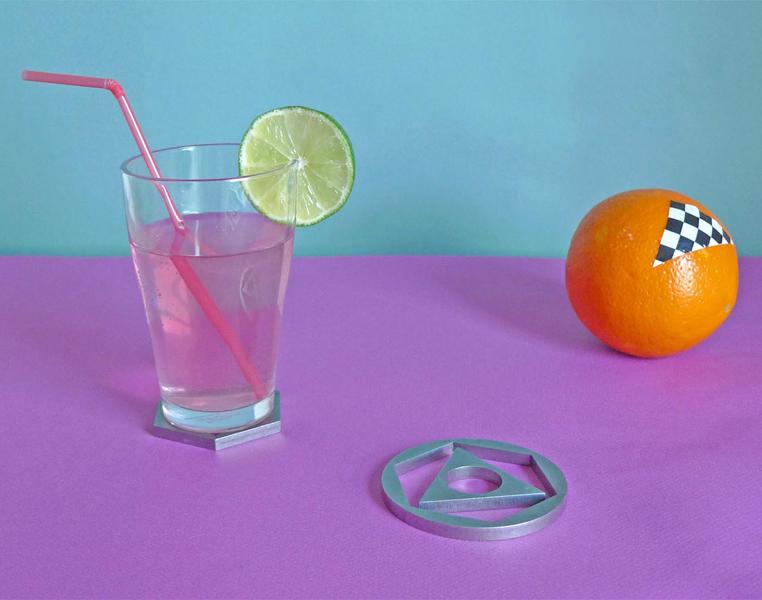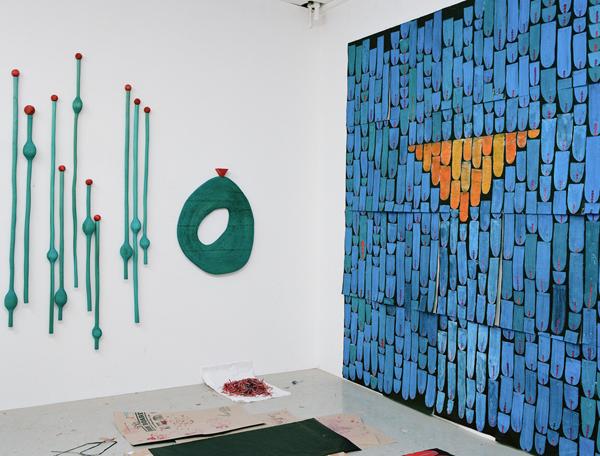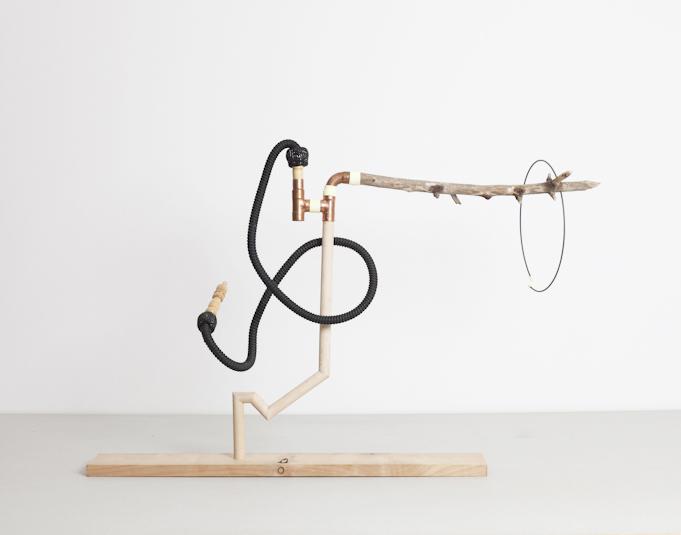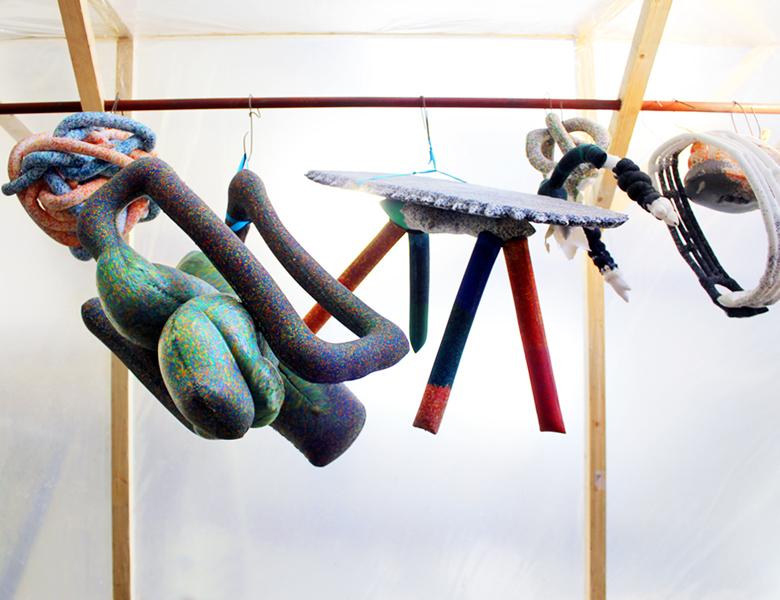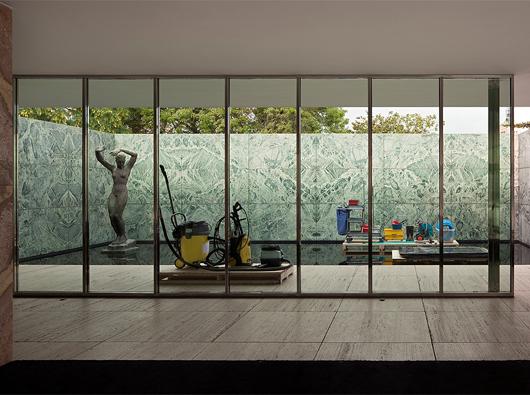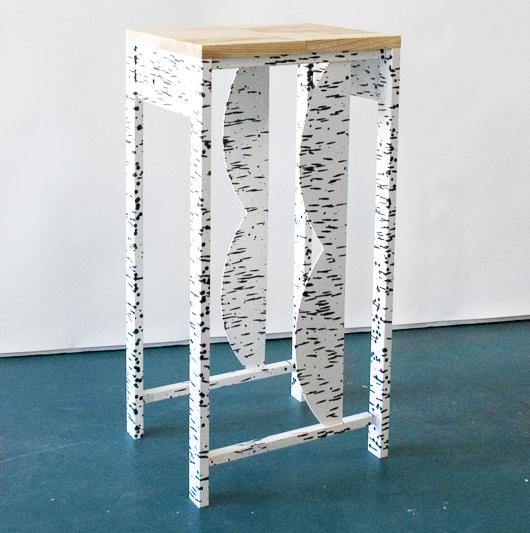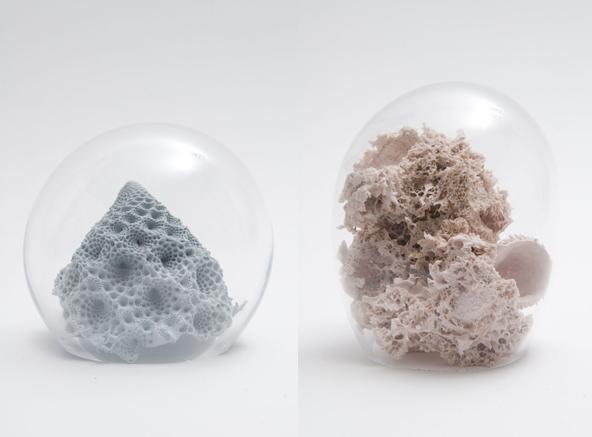
02.08.13
Up and Coming
Ya Wen Chou, Textile and Product Designer
Ahh, design school — where navel-gazing and the pretentions of identity art are not only tolerated, but encouraged (on days when the lesson plan doesn't focus on sustainability or people with disabilities, of course). It's easy for lesser talents to get sucked too far into these themes and end up with over-baked work that either borders on kitsch or is completely irrelevant to the wider world, but when done right, the results can be both beautiful and culturally illuminating — as in the case of Ya Wen Chou, who used her time in the RCA's textile department to dig into the traditions of her grandmother and her home country of Taiwan. "My grandmother’s house was always full of handicrafts made by Taiwanese artisans," she told the Arts Thread blog last year, explaining a main source of her inspiration. And her Precious Objects project — which first caught our eye on Pinterest — explores her culture's traditional reverence for nature's role in everyday life, which does feel rather universal, having a lot in common with everything from Icelandic elf mythology to Native American spirituality. Read more about Chou's point of view in our interview after the jump.
